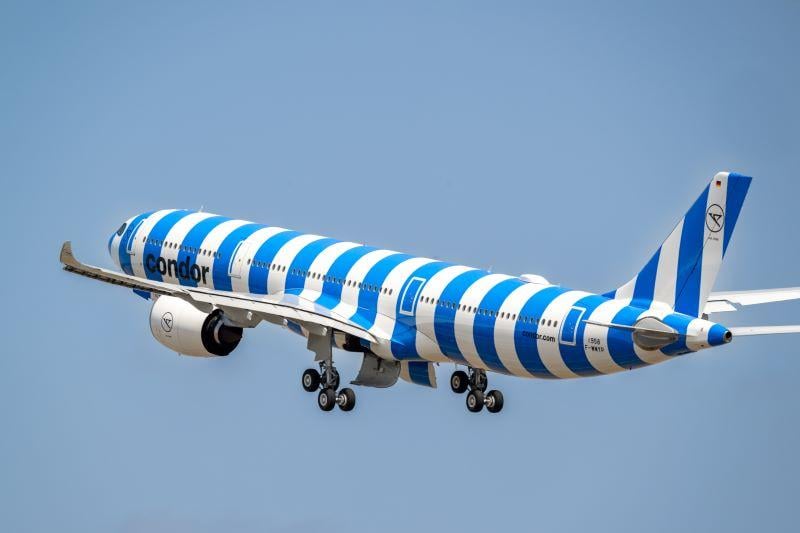
Credit: Airbus SAS 2023
FRANKFURT—German leisure airline Condor is considering whether to place additional aircraft orders now that its fleet renewal program is in full swing, the airline’s new CEO Peter Gerber said. Condor has taken delivery of 17 Airbus A330-900s that have replaced all its Boeing 767-300ERs and A330-200s...
Subscription Required
Condor Ponders New Aircraft Orders, Future Strategic Investor Needs is published in Aviation Daily, an Aviation Week Intelligence Network (AWIN) Market Briefing and is included with your AWIN membership.
Already a member of AWIN or subscribe to Aviation Daily through your company? Login with your existing email and password
Not a member? Learn how to access the market intelligence and data you need to stay abreast of what's happening in the air transport community.





